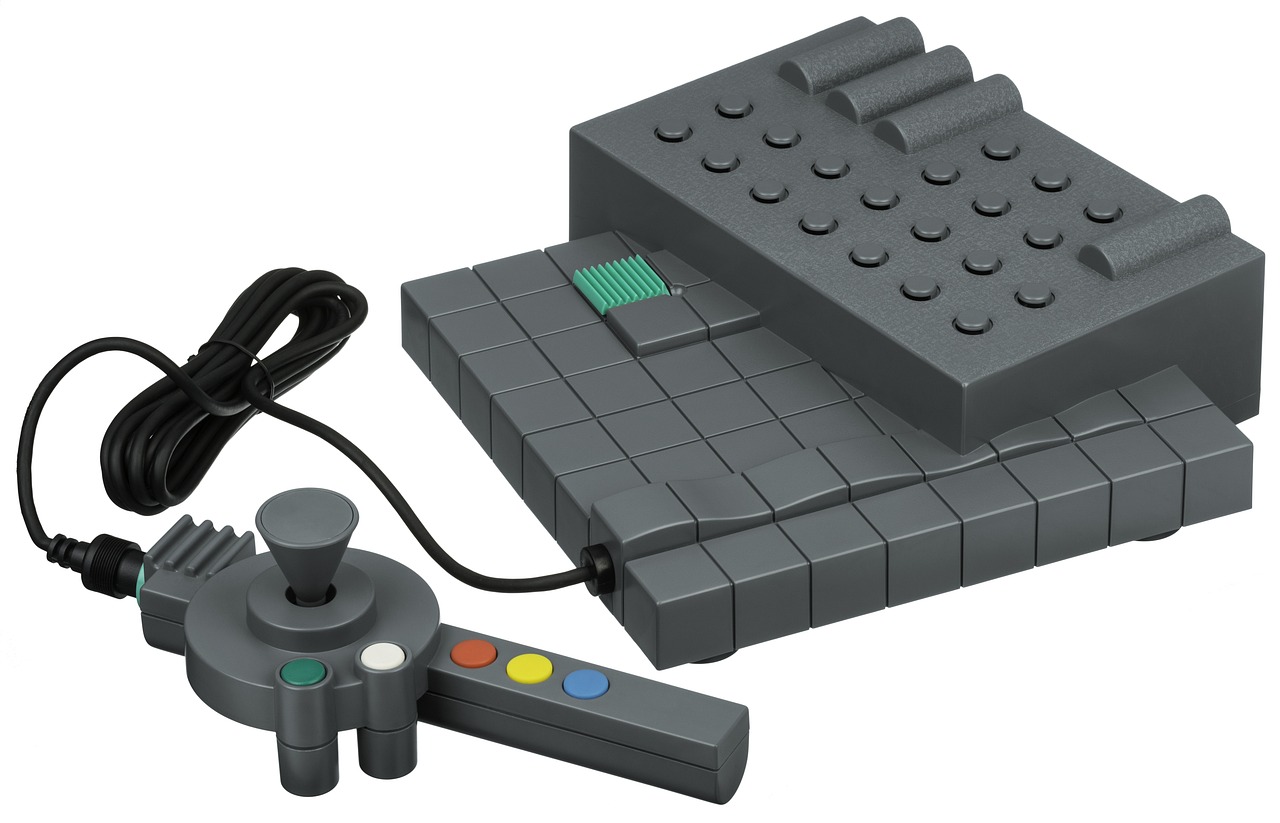Mechanical Controller PLC vs. Microcontroller: A Comparative Analysis
In this paper, we present a comparative analysis of mechanical controller PLC and microcontroller. PLC, which stands for Programmable Logic Controller, is a type of industrial control system that has been in use for decades. On the other hand, microcontroller is a more recent technology that has become popular in various fields due to its versatility and low cost. Firstly, we discuss the architecture of PLC and microcontroller. PLC typically consists of a central processing unit (CPU), memory, and input/output (I/O) interfaces. Microcontroller, on the other hand, is a single-chip computer that includes a CPU, memory, and I/O peripherals on a single silicon chip. This results in a more compact and cost-effective solution for many applications. Secondly, we compare the programming interfaces of PLC and microcontroller. PLC programming typically involves the use of ladder diagrams or structured text languages that are specific to each PLC manufacturer. This can make it difficult for developers to learn and implement new features quickly. Microcontroller programming, on the other hand, typically uses C or C++ languages that are widely supported and have a large community of developers. This allows for easier code sharing and debugging process. Finally, we discuss the application fields of PLC and microcontroller. PLC is widely used in industrial automation applications such as factory assembly lines, where it performs tasks such as controlling motors or monitoring sensors. Microcontroller, on the other hand, has found its way into a variety of fields such as automotive, healthcare, and consumer electronics due to its small size and low cost. In conclusion, both mechanical controller PLC and microcontroller have their own advantages and disadvantages. PLC offers stability and reliability in industrial automation applications while microcontroller provides versatility and low cost in a variety of fields. The choice between these two technologies depends on the specific application and requirements of the user.
In the world of automation and machinery, two key components play a crucial role: the mechanical controller PLC (Programmable Logic Controller) and the microcontroller. Both devices are designed to control and monitor the operations of machines, but there are significant differences between them. This paper aims to provide a comparative analysis of these two types of controllers, highlighting their similarities and differences, as well as their respective applications and challenges.
Background

PLC (Programmable Logic Controller) is a digital computer designed to control machine tools, process lines, and other industrial applications. It operates on a cycle time basis, executing predefined programs to control inputs and outputs of the machine. The PLC can also monitor and record data related to machine operations.
Microcontroller, on the other hand, is a small computer that integrates a processor, memory, and input/output interfaces onto a single chip. It is often used in embedded systems, such as smartphones, computers, and other devices that require a smaller footprint and low power consumption. Microcontrollers are typically programmed using assembly language or C language.
Similarities
Both PLC and microcontroller are digital computers that can be programmed to control and monitor machine operations. They both have input and output interfaces that enable them to interact with the physical world. Additionally, both devices can store and process data related to machine operations.
Differences
1、Application: PLC is primarily used in industrial automation, such as machine tools, process lines, and other industrial applications. Microcontroller, on the other hand, is commonly found in embedded systems, such as smartphones, computers, and other devices that require a smaller footprint and low power consumption.
2、Programming Language: PLC is typically programmed using ladder logic or structured text languages. Microcontroller, on the other hand, is programmed using assembly language or C language.
3、Performance: PLC has a relatively simple instruction set and operates on a cycle time basis. Microcontroller, on the other hand, has a more complex instruction set and can execute multiple tasks simultaneously.
4、Cost: PLC is typically more expensive than microcontroller due to its complexity and industrial-grade components. Microcontroller, on the other hand, is generally less expensive and simpler to implement.
Applications
PLC has a wide range of applications in industrial automation, including machine tools, process lines, packaging machines, and more. It is particularly well-suited for applications that require high levels of precision and reliability. Microcontroller, on the other hand, is commonly found in consumer electronics, automotive systems, and other embedded applications that require a smaller footprint and low power consumption.
Challenges
PLC faces challenges related to its complexity and cost. It requires specialized programming skills and is often difficult to integrate with modern software platforms. Microcontroller, on the other hand, faces challenges related to its performance and reliability. It may not be able to handle complex tasks or provide the same level of precision as PLC. However, with the increasing demand for smaller and more efficient systems, microcontroller is becoming more prevalent in industrial applications.
Conclusion
In conclusion, PLC and microcontroller are both important components of industrial automation and machinery. They have their own unique features and applications but also face different challenges related to their performance, cost, and integration with modern software platforms. With the increasing demand for smaller and more efficient systems, it is likely that microcontroller will continue to gain popularity in industrial applications.
Articles related to the knowledge points of this article:
PLC-Based Programmable Controllers: A Modern Approach to Automation
Huangnan Huichuan PLC Controller
PLC and Motion Controllers in Guangdong: A Look into the Future of Automation